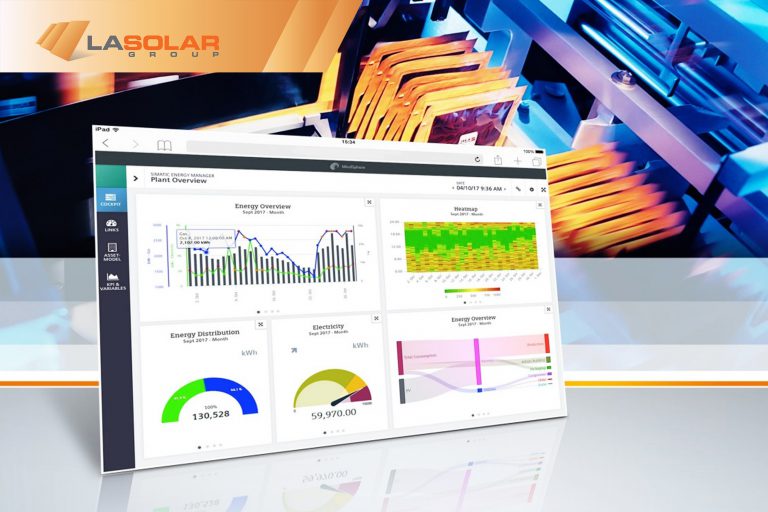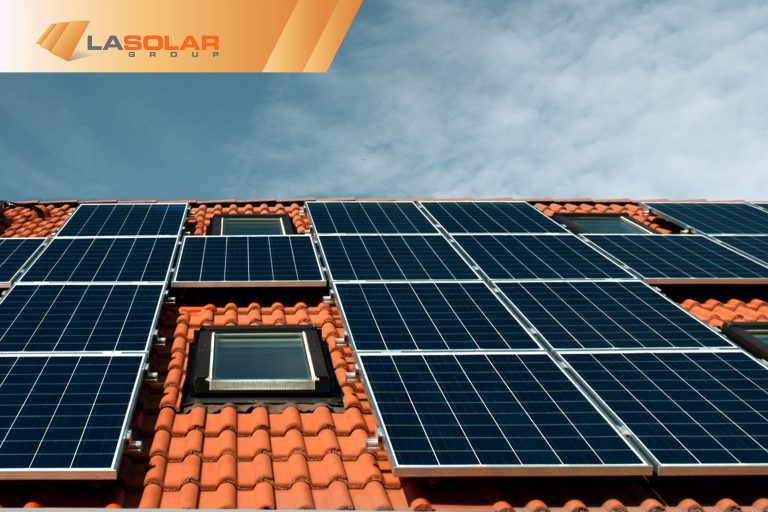The days are getting longer and the weather’s heating up. For most LA residents, air conditioning is a summertime necessity, and relief from the heat comes with an unwelcome spike in electric bills. The season’s increased energy usage is just one of the many reasons to have your solar system installed and activated before summer starts. Let’s take a look at why, and at how solar power generation varies from summer to winter.
A/C Usage & Energy Efficiency in the Summer
You know better than anyone how your electric bills increase during the summer. There are a lot of variables involved, including:
- Location
- House size
- Energy efficiency
- Windows
- Seasonal heavy energy loads such as A/C, pool pumps, and ongoing loads like EV charger usage
Generally speaking, A/C, pool pumps, and EV chargers account for the heaviest energy loads for most homes. This can lead to higher bills, since as much as half of the energy used in the home goes to heating and cooling. Paying for electricity based on usage and skimping on the amount of A/C you use can be a good money-saver, but energy efficiency only goes so far in fending off those summer bills. Also, it can be extremely uncomfortable for you and your family.
A better option would be to make use of solar energy. With the sun as a free, renewable fuel source, the cost of power remains the same regardless of usage, as long as your system is big enough to handle your power needs. Keeping your power costs stable will be especially important as SCE continues moving to a time-of-use (TOU) pricing model for residential customers for more on TOU and solar, click here.
More Sun Means More Power, Right?
Now you may be wondering, does your solar system produce more power during the summer? The short answer is yes: solar systems in the LA area will generate close to 40% more power in summer compared with winter. The longer answer is that the exact amount varies depending on several factors, starting with the sun’s orientation in the sky (which determines how much daylight we get). Professional installers take all of these factors into account when designing your system.

Rooftop Solar System Power Generation Factors:
- Roof shape
- Shade obstruction (from trees, chimneys, rooftop a/c units, etc.)
- Directional orientation
- Exact geographic location
- Time of year
Your professional solar installer will use this information, including data from the National Renewable Energy Lab (NREL) to provide you with an accurate estimate of your system’s power generation for decades to come.
How Much Sun Does LA Get, Anyway?
The amount of sunlight LA gets is fairly steady throughout the year. LA gets an annual average of six hours of sunlight a day, according to the National Renewable Energy Lab (NREL), peaking at around seven hours a day in August and falling to about five hours a day in February. This is more sunlight than most of the United States, except Hawaii.

Winter Is Coming: Will Power Generation Drop?
What happens to solar system power generation when temperatures cool? One might think that the ideal conditions for solar power generation would be on hot, sunny days. In fact, since the solar modules contain electronics, excessive heat actually makes them operate less efficiently. Ideal lab-like conditions aside, the answer is that yes, there’s less direct sunlight during the winter, so your system’s production will drop relative to summer.
Your installer can help design your system so that you continue to have ample power during the winter. If you want to ensure you’re using solar power beyond daylight hours, you might consider residential energy storage such as the Tesla Powerwall to store energy for use when the sun isn’t shining.
Solar Panel Maintenance: Summer vs. Winter
Solar panels need minimal maintenance to keep them operating at peak efficiency. An occasional rinse several times a year should do the trick, depending on how much debris/soiling they collect (more on when to clean your solar panels). The idea is to keep them free from leaves and anything else that would prevent them from collecting sunlight properly. If you’re located on the beach, that soiling will include salt spray, algae, or other filmy coatings. This is definitely about more than aesthetics: dirty panels produce anywhere from 1% to 20% less power than clean ones. Keeping panels clean and keeping an eye on your system by monitoring it year-round will help keep power generation at maximum possible efficiency.
What Time of Year is Best to Add Solar?
So when should you have solar installed? The important thing to remember is that there’s no wrong time: Your rooftop system will maximize solar energy at a high efficiency rating year-round. However, if you want to knock summer electric bills down, having your system installed and activated by May will let you generate the highest amount of energy for the calendar year.
LA Solar Group has helped more than 2,200 homeowners across California and the US go solar. If you have questions about exactly how much power your home needs, what type of savings you’ll see in your first year, or anything else about solar power, give us a call.




